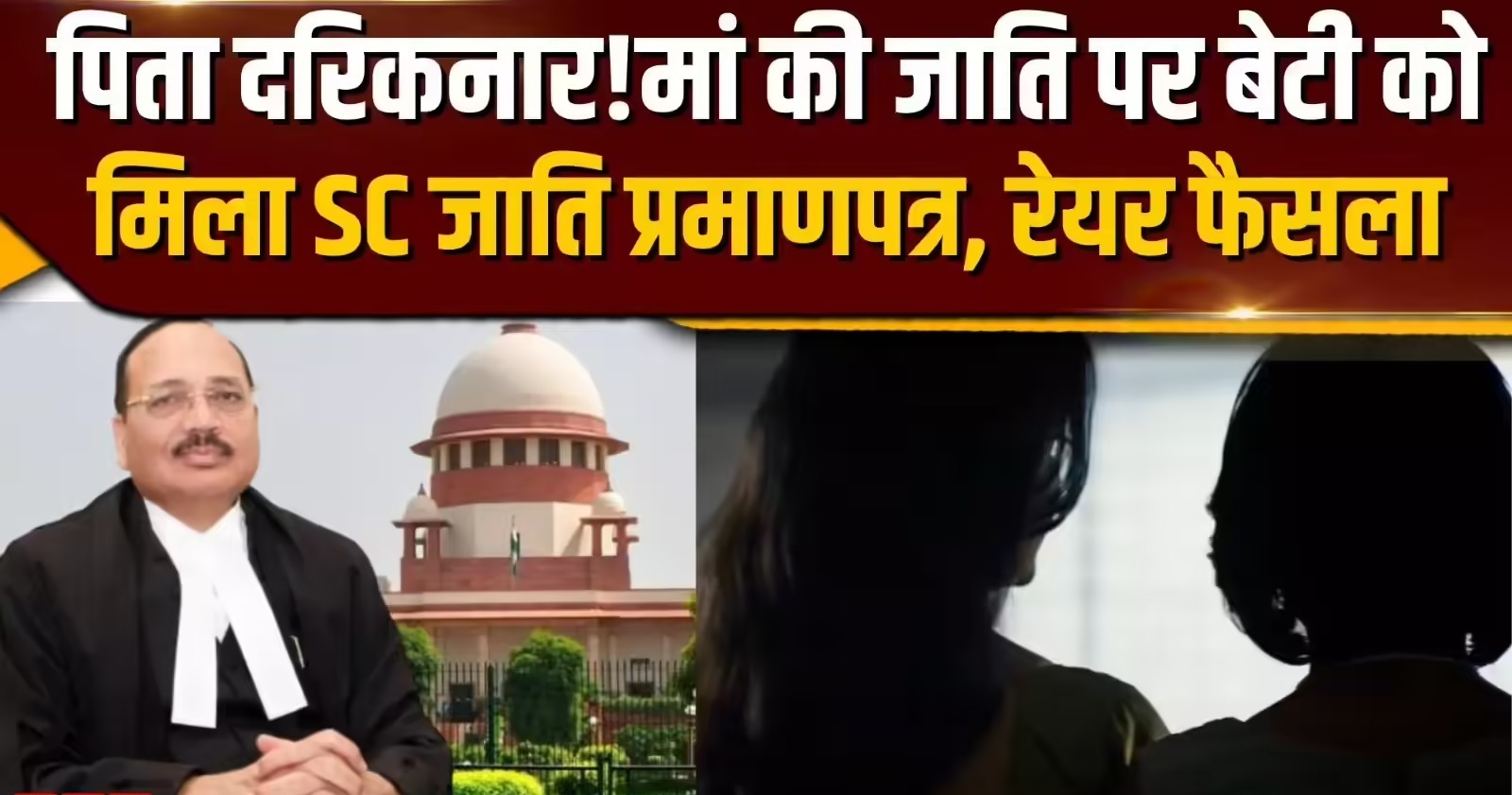Ashim Kumar Banerjee, J.@mdashOn March 16, 1986 one Salera Bibi was found dead in her matrimonial home. She was married to the accused Kashimuddin Sk. Kashimuddin used to demand money from her. At least on five occasions the victim brought money from her parental house. On the day before the incident she came to her mother and demanded a sum of Rs. 100/-, mother could not give her money. She went to her brother-in-law''s house being Soukat Ali, P.W. 1 who also could not give her money as he was short of fund. The next day the brother of the accused Ilias informed the mother of the victim being P.W. 5 that her daughter Salera died as she was suffering from disease. P.W. 1 was the de facto complainant being the brother-in-law of the victim girl. P.W. 1, P.W. 5 and P.W. 7 found marks on the neck of the victim girl and they suspected that she was killed. All witnesses corroborated with each other. Their suspicion found support from the post-mortem examination conducted by the doctor being P.W. 11 who found bruise over the body of the victim. The doctor opined that death was due to asphyxia which was ante-mortem and homicidal in nature. He opined that death was due to throttling and manual strangulation. While examining the accused u/s 313 of the Criminal Procedure Code the accused did not offer any explanation and merely denied the charges brought against him. The learned Judge of the Court below after considering the evidence that came out in the trial held the accused guilty of the offence u/s 302 read with Section 498-A of the Indian Penal Code sentenced him for life. Hence, this appeal by the accused.
2. Mr. S. S. Roy, learned Counsel appearing for the appellant contends before us that there were serious discrepancy and anomaly in the evidence of P.W. 1, P.W. 5, P.W. 7 and P.W. 11. Mr. Roy contends that all the witnesses deposed that they found marks on the neck of the victim girl; however, such evidence did not find support from the post mortem examination. He also contends that had there been a case of strangulation or throttling, the hyoid bone should have been found fractured. The doctor however, did not find any such injury on the body of the victim. Mr. Roy further contends that in the First Information Report lodged by P.W. 1 it was not mentioned that Ilias informed them that the death was due to sufferance of disease. Such omission was material and would demolish the case of the prosecution. With regard to demand of money Mr. Roy points out anomaly in the evidence. Mr. Roy lastly contends that the Judge could not have ignored those omission and anomaly while holding the accused guilty of the offence.
3. Mr. Mahato, learned Counsel appearing for the prosecution on the other hand contends that the discrepancies, if any, in the evidence were not material so long the factum of death was proved through post mortem report which was preceded by demand of money, which was proved through the witnesses.
4. We have perused the depositions. We have perused the judgment and order of the Court below. We do not find any material discrepancy in the evidence which would lead us to hold otherwise.
5. To support the conviction we wish to add that since the death caused within two years of marital life, Section 113-B of the Indian Evidence Act, 1872 has a role to play. Section 113-B postulates that whether a person has committed dowry death of a woman and it is shown that soon before her death such woman had been subjected by such person to cruelty or harassment for, or in connection with, any demand for dowry, the Court shall presume that such person had caused the dowry death.
Demand of money was proved through the witnesses. Such demand was made on the day prior to the incident. Even if we accept Mr. Roy''s contention that there was no material evidence to implicate the accused by virtue of the provision of Section 113-B, we could safely presume that the appellant only was responsible for the death.
6. The appeal thus fails and is hereby dismissed.
7. The appellant/accused is directed to surrender himself before the Court below. In default, sureties are directed to produce him in Court for sufferance of the sentence.
8. Let the lower Court records be sent down with a copy of the judgment and order.
9. Urgent xerox certified copy of this order, if applied for, be given to the parties on priority basis.

